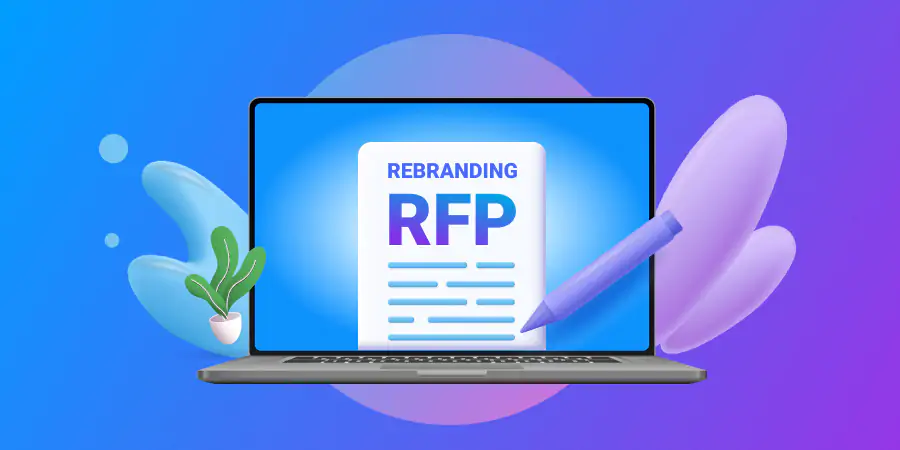
Building connections with consumers is crucial for any business looking to thrive in today's competitive market. One powerful tool that can help achieve this is an effective Branding Request for Proposal (RFP). An RFP is a document that outlines a company's objectives, requirements, and expectations for a branding project. It is used to seek proposals from branding agencies or professionals who can help enhance a company's brand identity and create meaningful connections with its target audience. By unveiling the power of an effective branding RFP, companies can attract the right partners and make informed decisions that will drive their branding efforts forward.
An effective branding RFP begins with a clear and concise description of the company's goals and objectives. This includes defining the target audience, identifying key competitors, and outlining the desired brand positioning. By providing this information upfront, companies can ensure that potential branding partners have a thorough understanding of their business and can tailor their proposals accordingly. This clarity helps companies attract agencies or professionals who specialize in the specific industry or target market, increasing the likelihood of a successful partnership.
In addition to setting clear goals, an effective branding RFP should also outline the company's expectations and requirements for the project. This includes specifying the project timeline, budget, and deliverables. By clearly stating these expectations, companies can narrow down the pool of potential branding partners and identify those who can meet their specific needs. This saves time and resources for both parties involved and ensures that the project stays on track from the beginning.
Another key component of an effective branding RFP is the inclusion of a detailed scope of work. This section should outline the specific tasks and activities that the branding agency or professional will be responsible for. This could include market research, brand strategy development, logo design, website development, and more. By clearly defining the scope of work, companies can ensure that potential partners understand the breadth and depth of the project and can provide accurate proposals and cost estimates.
Furthermore, an effective branding RFP should include a section on evaluation criteria. This outlines the factors that the company will consider when selecting a branding partner. This could include criteria such as relevant experience, creative approach, previous work samples, and the team's expertise. By clearly stating these criteria, companies can evaluate proposals objectively and select the partner that best aligns with their needs and vision for the brand.
Lastly, an effective branding RFP should have a well-defined timeline for the proposal submission and selection process. This ensures that potential partners know when to expect a response and helps companies manage expectations. Companies should also include contact information and encourage potential partners to ask questions or seek clarification if needed.
In conclusion, an effective branding RFP is a powerful tool that can help companies build connections with their target audience and enhance their brand identity. By clearly defining goals, expectations, and requirements, companies can attract the right partners and make informed decisions that will drive their branding efforts forward. A well-structured RFP ensures that both parties are on the same page from the start and can set the stage for a successful partnership. Building connections through effective branding has never been more important, and an RFP is an invaluable tool in this process.